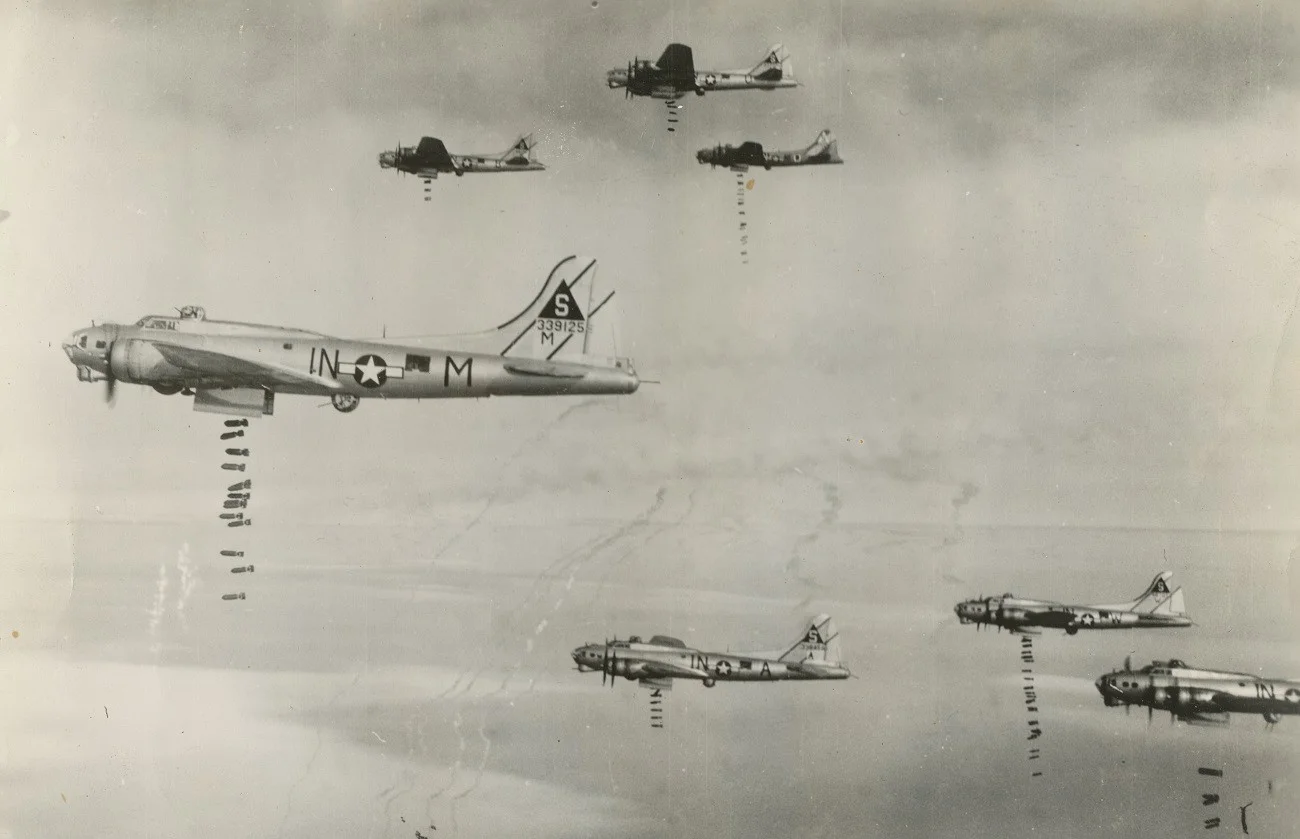The line between celebrating heritage and creating a fully-rounded history can be a fine one in many institutional histories. Appreciating this tendency, Royal Air Force-insider John Shields reassesses the 1982 Falklands Conflict, seeking to explode multiple myths while also providing a better assessment of the air campaign by focusing on the operational rather than the tactical level of war.
A More Talkative Place: Why the Human Domain Still Matters in Strategic Competition — #Reviewing Brutality in an Age of Human Rights
Culture and, more specifically, human terrain has not gone away with the returned focus on strategic competition. Drohan’s work highlights the tensions between moral and immoral and legal and illegal ways of seeking to defeat insurgencies as well as how governments shape and disseminate narratives that will be equally important in more conventional conflicts of the future. From winning hearts and minds to large-scale combat operations themselves, morality—indeed the whole expanse of human terrain—is just as important as lethality, not only to strategic narratives but to strategy itself.
Oxytocin Beats Testosterone? #Reviewing Why We Fight
This book gives the reader much to consider and is particularly useful due to its unique approach that complements works in other fields like political science. There are no easy answers to why we fight. Regardless of some of oxytocin’s evolutionary victories over testosterone, this book provides much to ponder and understand regarding the inherent job security of being in the business of war.
#Reviewing a Review of Kaplan and Another Kaplan: To Kill Nations: American Strategy in the Air-Atomic Age and the Rise of Mutually Assured Destruction
There are so many themes, plots, and subplots within this text that it is difficult to distill the work, but the main argument is that the U.S. Air Force incrementally developed an atomic air strategy from 1945 until the strategy fell apart after the Cuban Missile Crisis. Kaplan’s narrative relies heavily on this event to sever the interconnected pieces of atomic strategy and air strategy once the popular imagination began to view atomic weapons as unusable.
#Reviewing Hunting the Caliphate
It is only at the end, perhaps, that the two authors diverge on the true lessons of the fight against ISIS, to include the tenuous gains resulting from the application of overwhelming military force. The mantra to “Kill ISIS” perhaps comes at a cost at all levels of war—strategically, operationally, and tactically. Read critically, Pittard and Bryant’s first-hand accounts provide a starting point for wrestling with the true costs of war on humanity and the limits of hunting.
#Reviewing Why America Loses Wars
Stoker’s work is essential reading because it forces us to engage with what it really means for a war to be limited. He also pointedly warns the reader that potential opponents understand limited war better than the U.S. does, although he does not definitively prove this claim. But the work is also frustrating. The question of why the U.S. does not win wars is complex. Simply waging wars more decisively is not enough.
Working Backwards from Berlin to the Bocage: Coalescing Airpower Application in the European Theater of Operations in 1944
Proponents of strategic airpower argued endlessly with those who trusted in other ways to win. Yet, the resulting application demonstrated a far more complex and unified approach to airpower than envisioned by the inter-war airmen theorizing at the Air Corps Tactical School, who resolutely set out to determine how to bring Germany to its knees.
From Platforms to Control: #Reviewing Thomas Rid’s Rise of the Machines for Its Macro-History of the U.S. Air Force
For those familiar with the traditional narrative of U.S. airpower history centered on the Air Corps Tactical School’s development of bomber doctrine followed by its application against Germany during World War II, Rid provides a jarring but useful counter-narrative focused on human-machine interactions.
What Happens in White Space Should Not Stay in White Space: Fomenting Creativity in Professional Military Education
Much Ado About Strategic Bombardment? The Army Air Forces in the European Theater of Operations, 1942-1945
#Reviewing Leading from the Front
In a small sea of books offering insights into Marine Corps leadership, this book stands apart by virtue of its focus on women. That focus, however, is most valuable for women who have no knowledge of military leadership. Those familiar with the military, particularly the Marine Corps, might find the tone annoying.












